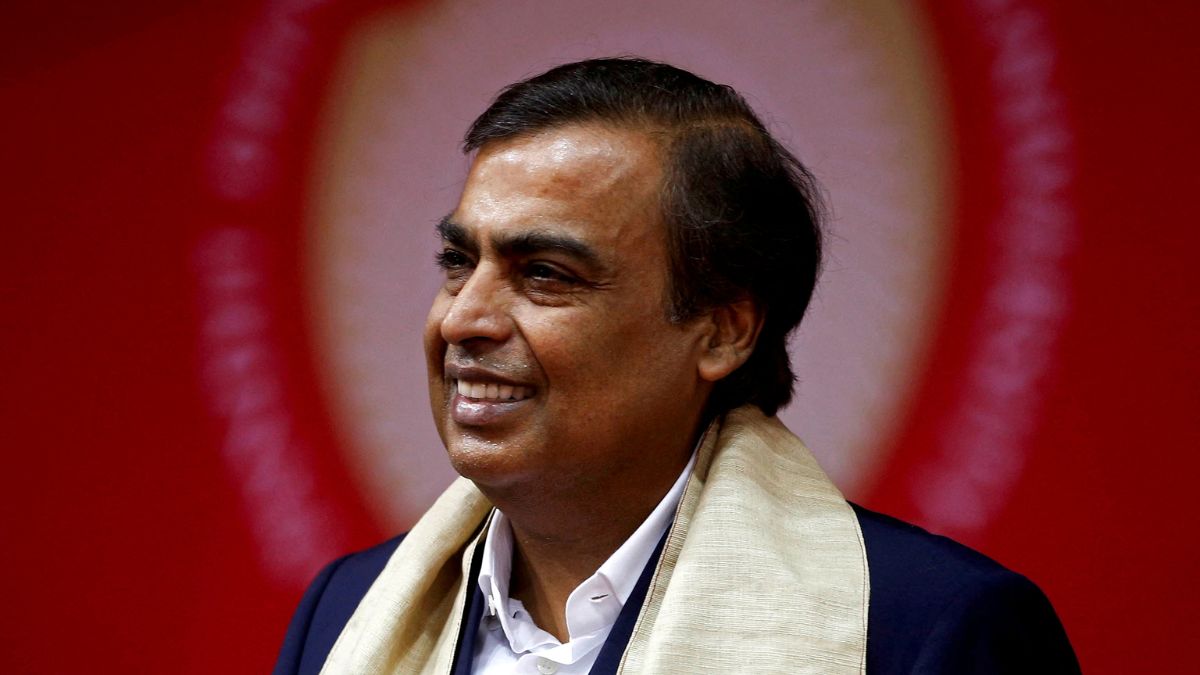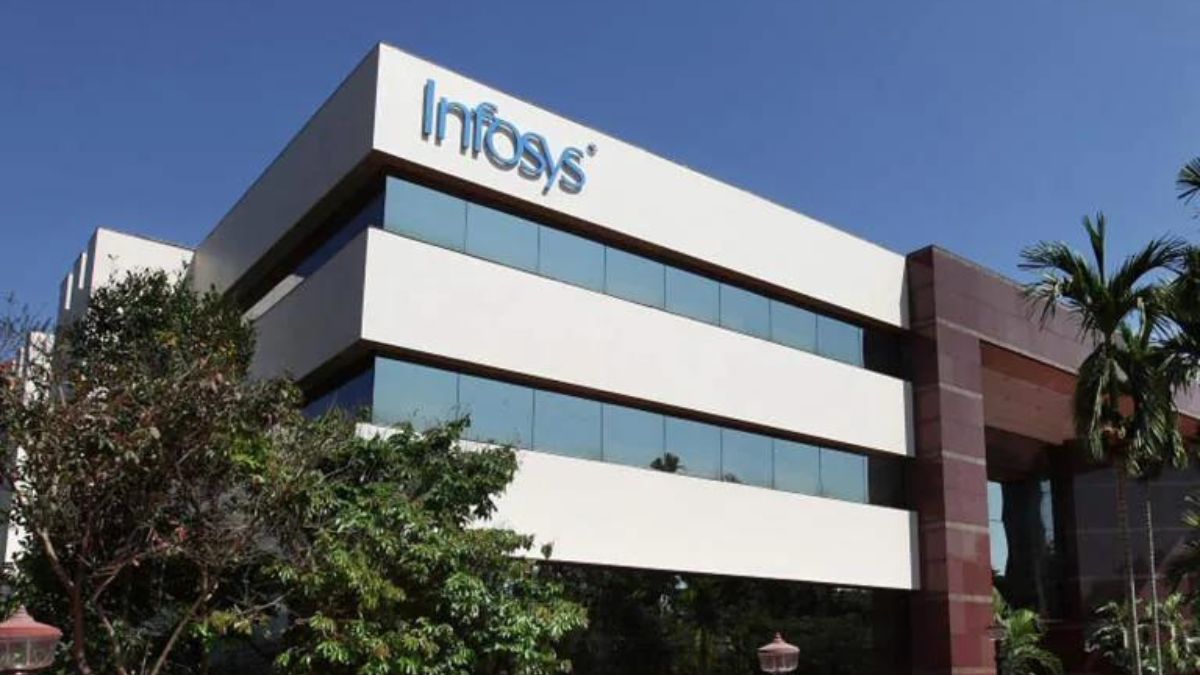Finance Minister Nirmala Sitharaman will present the first budget of Modi government after returning to power in June. During her speech, she is likely to talk about inflation, fiscal deficit and more. We know these terms may confuse some but we’ve got you covered read more
)
The Union Budget for 2024-2025, themed 'Viksit Bharat Budget 2024', will be presented by Finance Minister Nirmala Sitharaman today in Parliament. Representational image/Pixabay
It’s B-Day; not your birthday, but budget day. Today, Finance Minister Nirmala Sitharaman will present the first budget of the third successive government under the leadership of Prime Minister Narendra Modi.
The Union Budget for 2024-2025, themed ‘Viksit Bharat Budget 2024’, will be tabled in Parliament at 11 am with Finance Minister Nirmala Sitharaman expected to utter words such as fiscal deficit, revenue receipts, capital expenditure, cess, tax, gross domestic product (GDP) and many more.
But do you know what these mean? On budget day, we help you get the lingo right, which will ensure you come across as an economics expert.
Budget estimates
This is the funds allocated to ministries and departments during the Budget speech, indicating planned expenditures. They are projections, not final commitments.
Capital expenditure
Capital expenditure is the money spent by the government on the development of machinery, equipment, building, health facilities, education, etc. It is the part of the government spending that goes into the creation of assets like schools, colleges, hospitals, roads, bridges, dams, railway lines, airports and seaports. Capital expenditure also covers the acquisition of equipment and machinery by the government, including those for defence purposes. It includes investment by the government that yields profits or dividends in future.
Cess
Cess is an additional levy on the basic tax liability. Governments resort to cess for meeting specific expenditures. For instance, the Swachh Bharat cess is levied by the government for cleanliness activities that it is undertaking across India.
A cess, generally paid by the public, is added to their basic tax liability as part of the total tax paid. Cess is different from taxes in two aspects: One, it is imposed as an additional tax besides the existing tax. Secondly, the proceeds of a cess may or may not be shared with the state governments while those of taxes have to be shared.
The government imposes different types of cess: Education cess, health cess, fuel cess, clean energy cess and Krishi Kalyan cess.
Current account deficit
When the value of goods and services imported by the country exceeds the value of exports, it is said to be a deficit. The difference between these two values is called current account deficit (CAD). A country’s current account includes both net income (interest and dividends) and transfers (foreign aid). It is important to keep the current account deficit checked for the currency to remain stable.
Fiscal deficit
This is the gap between the government’s total spending and the sum of its revenue receipts and non-debt capital receipts. It represents the total amount of borrowed funds required by the government to completely meet its expenditure. The gap is bridged through additional borrowing from the Reserve Bank of India, issuing government securities etc. The fiscal deficit is one of the major contributors to inflation.
As per the Economic Survey 2024-2025, India’s fiscal deficit is expected to drop to 4.5 per cent of GDP or lower by fiscal 2026.
Gross Domestic Product
Gross Domestic Product (GDP) is the value of the goods and services produced within the country during a year. GDP is the measure of the country’s economic output. In India, contributions to GDP are largely divided into three sectors: agriculture, industry, and services. Economists state that the GDP growth rate is the most important indicator of economic health.
This financial year’s Economic Survey has said that the country’s GDP is likely to grow at 6.5 per cent to 7 per cent in the current fiscal year amid global challenges. The anticipated growth rate for 2024-25 is less than the 8.2 percent economic growth rate estimated for the preceding fiscal year. The Reserve Bank has forecasted that GDP growth for the fiscal year ending March 2025 will be 7.2 per cent.
Public debt
Public debt, as the name suggests, is the total amount, including total liabilities, borrowed by the government to meet its development budget.
Public debt can be split into internal (money borrowed within the country) and external (funds borrowed from non-Indian sources). Internal debt comprises treasury bills, market stabilisation schemes, ways and means advance, and securities against small savings.
Inflation
Inflation is the rate at which the cost of products and services has increased in an economy over time. It is expressed in percentages.
In India, there are two main sets of inflation indices to measure changes in price levels — Consumer Price Index (CPI) and Wholesale Price Index (WPI). CPI tracks any shift in retail prices of essential and daily goods and services consumed by households across the country. In short, it captures changes in price level at the consumer level. WPI, on the other hand, is the average change in the price of commodities at the wholesale level. It considers the price of goods traded among corporations, not goods purchased by consumers.
Disinvestment
When the government sells or liquidates any of its assets or subsidiary (some or all of it), we call it “disinvestment”. It is also called “divestment” or “divestiture”. Disinvestment helps the government in raising non-tax revenue and to exit loss-making ventures.
Non-tax Revenue
Besides taxes, the government also earns a recurring income, which is called non-tax revenue.
For example, when citizens use services offered by the government, they pay bills, which are categorised as non-tax revenue, as the government provides infrastructure support to implement the services.
Personal income tax
Income tax is what catches everyone’s attention in the budget speech.
An income tax is a direct tax that a government levies on the income of its citizens.
The Income Tax Act, 1961, mandates that the central government collect this tax. The government can change the income slabs and tax rates every year in its Union Budget. A person’s income tax is dependent on the slab they fall in. The government has created slabs like — up to Rs 2,50,000, Rs 2,50,000-Rs 5,00,000, Rs 5,00,000-Rs 1 crore, and more than Rs 1 crore. The tax is calculated on this basis.
Corporate tax
Corporate tax is a direct tax levied on a company or a corporation on their profits. For this, the company estimates the operating earnings after expenses (like the cost of goods sold (COGS) and revenue depreciation) and pays the enacted tax rates to the government.
Short-term and long-term capital gain tax
Capital gains mean the profit earned by an individual on the sale of his investment in assets such as stocks, real estate, bonds, commodities, etc. In India, there is a long-term capital gains tax and a short-term capital gains tax. The terms long-term and short-term are defined through the Income Tax Act, 1961. According to the law, a period of one year is long-term for equities and two years for real estate.
Sin Tax
As the name suggests, this is a tax that is levied on goods and services which are considered harmful to society. Tobacco, alcohol, and gambling are some of the examples of the products that attract ‘sin tax’ on them.
With inputs from agencies

 1 month ago
11
1 month ago
11
)
)
)
)
)
)
)
)
)
)
)
)
)
)
)
)
)
)
)
)
)
)
)
 English (US) ·
English (US) ·